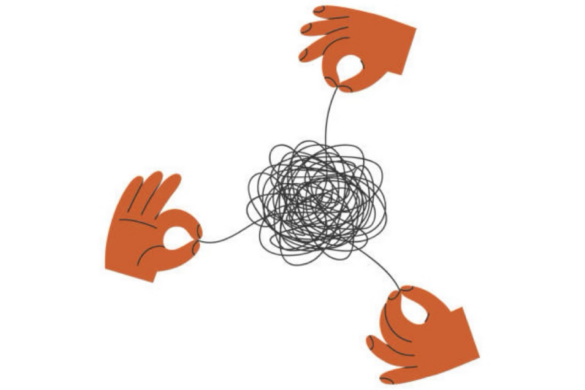Our country is a global leader in an experiment that proves that students can and do thrive through multicultural experience. As Canadians, most of us are exposed to ethnic diversity every day, yet we often fail to recognize just how nationally and globally distinct this is, or the underlying strength that it implies. Our country’s most unique and often unheralded feature is the diversity in our schools. The underlying climate of acceptance and respect toward different cultures and ethnic backgrounds is so interwoven into the tapestry of thousands of schools in Canada that it has become a matter of course for students and staff.

Last season on the school soccer team, I was amazed to see how quickly international students from Brazil, Korea, and Mexico quickly integrated and were welcomed by other students on the pitch, inside the classroom, and in the hallways—the result of a pervading culture of acceptance.
We often take for granted this level of inclusion and integration, despite its elusiveness to most of the world. In recent conversations with visiting teachers from Finland and Sweden, the overriding sentiment expressed is one of wonder and appreciation at how effortlessly our student body flourishes among and welcomes ethnic difference.
Exposing our youth to diversity is not just a means of promoting a more tolerant society. Familiarity and understanding of cultural differences is a professional asset—essential to thriving in an economically interdependent world where international trade is a common occurrence.
Certainly, incidents of racism still occur in many communities in Canada, and some attitudinal undercurrents of stereotyping, prejudice and anti-immigration sentiments, as in all societies, continue to persist. Nevertheless, as an educator, I am buoyed by a sense of optimism and a firm belief that racial undertones will diminish over time as the students we teach today step into adulthood and begin to make their mark on our country.
With the emergence of courses like Social Justice now taught in many of our high schools, and the theme of Social Responsibility deeply embedded in so many elementary schools, students are explicitly learning the values of inclusion and diversity, and developing a meaningful understanding of racial, ethnic, and gender issues. They are also learning to work together harmoniously and developing ethnic and cultural understanding in the process.
As Canadians, we are taught to be humble and not boast about our achievements. But, when it comes to the diversity in our schools, we have good reason to be proud and to promote globally what is a distinctly Canadian strength.
Michael Taylor
Michael Taylor is a Social Studies teacher at Hugh Boyd Secondary in Richmond, BC.
This article is from Canadian Teacher Magazine’s Fall 2019 issue.



